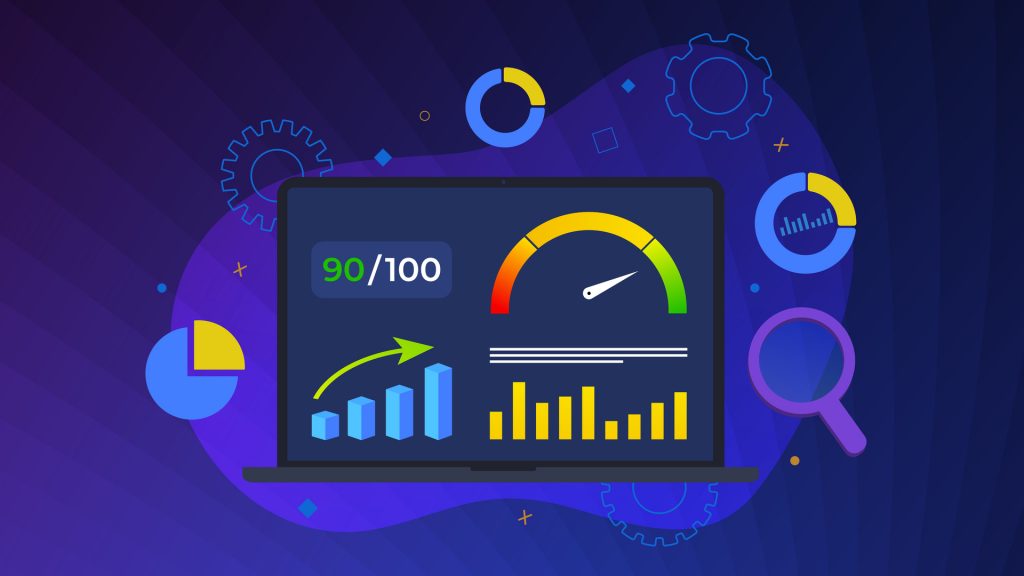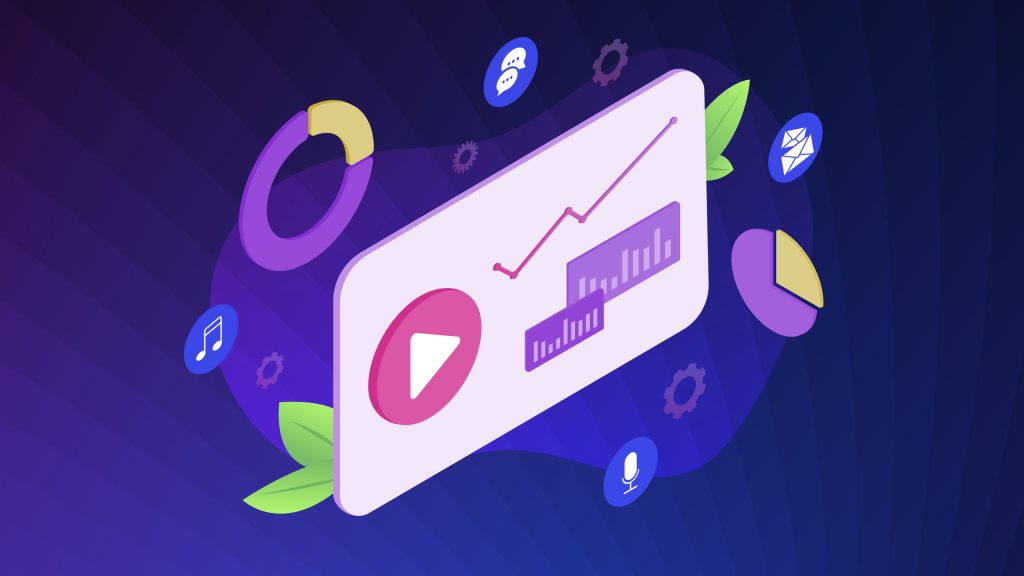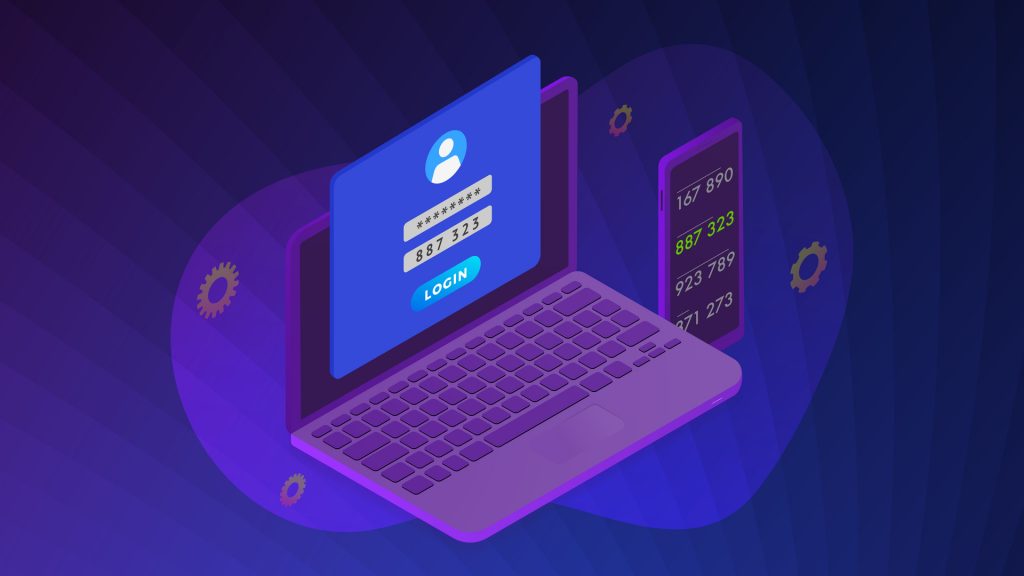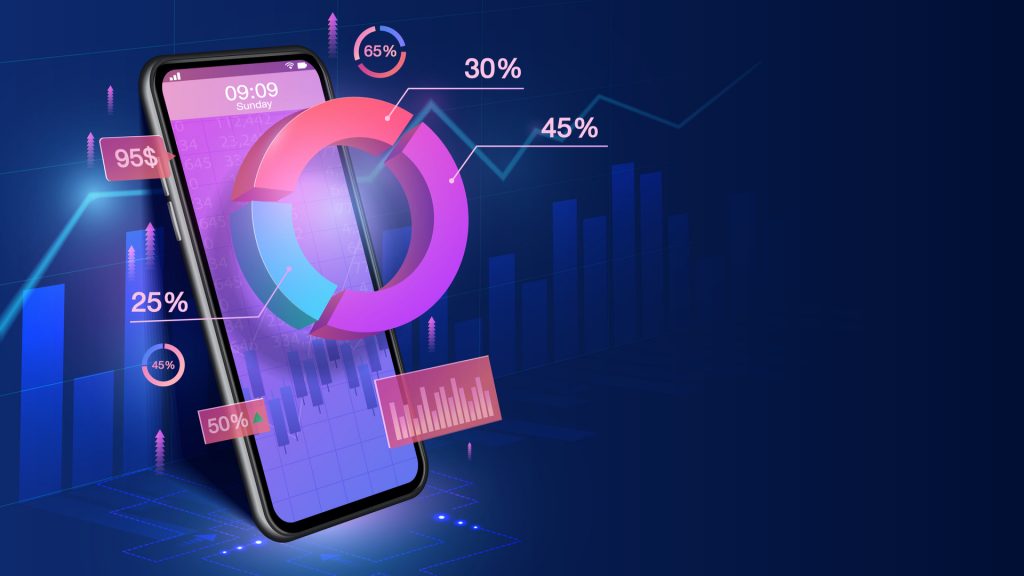In the previous article about the importance of website maintenance blog series, we explained how to drive traffic to your website. In today’s article, we’ll cover the essential aspects of handling high traffic on your website. Let’s dive into it.

The Difference between Scalability and Performance
Performance and scalability are essential aspects of software design. They are often confused, and although they are interrelated and affect each other, they are different.
Scalability
Scalability is a system’s ability to expand by adding extra hardware or upgrading the existing hardware without major application modifications. A scalable system should handle large amounts of users, data,
or traffic without disrupting the services to the end-users. Scalability increases overall performance, prevents system downtime, and ensures a seamless user experience. That results in increased customer engagement boost, increased customer retention rate, and increased revenue and cost reduction for your organization. Building a flexible infrastructure that can easily manage the load should be a vital network design goal.
Contact Cosmic Development software experts for a free consultation to build a scalable platform or improve the existing solution.
Performance
Website performance or website speed is a software quality metric that indicates how quickly a browser can load fully functional webpages from a given site after a user clicks a link or makes a request. The page load time is the critical metric to measure and improve website efficiency and is essential for long-term success.
Good website performance means a swift and seamless user experience, driving more traffic, and having better conversion rates. On the other hand, websites that take a long time to load will have adverse effects on the user experience, site traffic, and SEO and drive users away. A fast website is a competitive advantage. Every website owner must understand that every second count and focuses on improving page load time and performance.

What do Visitors Expect from Your Website?
If your goal is to attract your customers’ attention and gain new ones, you have to make sure you offer them want they want and even provide things they didn’t realize they wanted. When designing and updating your web presence, you should consider some essential factors in creating the best possible user experience. Regardless of your industry or business, here are six must-have elements for every website.
1. Fast Loading Speed
Website loading speed is now more critical than ever. As technology advances, modern internet users are becoming increasingly impatient. According to Google, almost 53% of mobile site visitors will leave if a web page took longer than 3 seconds to load. Additionally, page loading time has become an essential factor to search engine rankings, thus directly influencing your customer’s ability to find your site.
The correlation between loading speed and positive user experience can also be shown with the following statistics:

- 47% of users want pages to load in two seconds or less.
- A one-second delay can result in a 7 percent loss in conversions and a 16 percent decrease in customer satisfaction.
- Pages that load within two seconds have an average bounce rate of 9%, while pages that take five seconds to load have a bounce rate of 38%.
- Slow loading during high traffic times can lose up to three-quarters of visitors.
Having all this in mind, it is crystal clear that optimizing the loading speed of your page should be at the top of a to-do list.
2. Clear Navigation Structure
How you structure your website navigation is very important to the performance of your site. If your website visitors can’t find what they are looking for and finds your content confusing, they will move on to your competitors. Poor navigation is terrible not only for visitor experience but also for SEO.

An organized and transparent navigation system is intuitive and easy to use. It has a clear menu structure and the ability to navigate between pages quickly and efficiently. A site that is easy to get around allows visitors to quickly find the information they are looking for and encourages them to stay longer. It also helps search engines index important information efficiently and effectively. All that subsequently
leads to more conversions and sales for your business.
3. Fresh and Engaging Web Content
Web content refers to the text, images, audio, and video published on a website. Providing accurate content tailored to a specific audience clearly and efficiently will keep users on your site, drive conversions and establish brand authority for your businesses. Also, it is crucial to optimize the web content for search engines to respond to the keywords used for searching.
Examples of great content include:

- Clear descriptions of your services
- Contact information
- Educational blog posts
- Product images and helpful descriptions.
- Testimonials from past customers
Content is one of the essentials of any website. If you want to have a quality site, you must provide visitors with fresh and relevant content displayed neatly and simply.
4. Safety
Regardless of the size of the website you are running, users expect a safe online experience. Also, Google gives preference to secure pages. So, suppose you want to optimize search engine performance, establish credibility with visitors, and maintain a professional web presence. You should take a proactive approach and protect your company and your customers’ data in that case. Here are some basic steps that can be applied:

- Back up your data regularly
- Use SSL encryption
- Keep your software up-to-date
- Use CAPTCHA and spam filter plugins
- Use strong user names and passwords
5. Clean Design
Website design plays an essential role in how your audience reacts and interacts with your brand. Simple and clean design, white space, nonintrusive page layouts, stylistic fonts, and colors promote on-site engagement and improve user experience.
6. Mobile Optimization
Mobile optimization is the act of making your website compatible with mobile phones to provide an optimal user experience. If a website is not optimized for popular smartphones and their sizes, users may leave your website. According to Statista, around 60 percent of organic search engine visits occur on mobile devices in the U.S. Having that in mind, it is clear that mobile optimization is vital for your business’s success as it increases both conversions and encourages users to return.

Today’s internet users have very high expectations of the websites they visit. If a website doesn’t provide value to the end-users, they won’t visit your website, and they won’t do business with you. So make sure your website is fast, easy to use, and safe.
Cosmic Development can help you with that. For more information or advice, get in touch with the experts today.
Traffic Growth and Traffic Levels
Business websites usually start with minimum visitors, but as they grow and traffic increases, they will have to overcome many challenges to support the influx of traffic and keep their websites running smoothly. If a site isn’t prepared for an overwhelming number of requests, it may end up with prolonged response times or even cause your website to fail. That, in turn, will negatively affect marketing data, search engine results pages ranking, and revenue. That’s why business owners must understand the importance of scaling their websites to support traffic loads.
Optimizing high-traffic websites is a process that requires testing, adjusting, and monitor traffic to keep consistent site performance. Traffic levels change over time as you attract visitors, so your website must evolve to handle these changes. In order to prepare better and avoid scaling problems, it is good to know the three basic traffic levels:
- Sites that get well under 100k requests a day. Most websites are at this level, and they are not technically challenging.
- A website that gets around 100k-1M requests a day. At this level, scalability problems can appear.
- Over 1M requests a day. This level is considered high website traffic.
There is no doubt that designing a system that supports hundreds of millions of users is not an easy task. That’s why it is necessary to prioritize it from the start. You will gain lower maintenance costs, better user experience, and higher agility.
Action Steps You Need to Take to Manage High Traffic
As we already mentioned, increased traffic can slow down your site if not prepared for the traffic spike.
Here are some action steps you can take to handle an increased amount of web traffic.
- Compress your files. Large files slow down websites. Smaller files load faster and lower your overall load times.
- Install a caching plugin. Caching creates static HTML versions of a website’s content and reduces the number of requests, which can help your site manage heavy traffic. They play an essential role in speeding up a site, improving user experience, and reducing the burden on your server.
- Make sure you are taking backups. Regular backup of your data is the only way to protect your data and recover your website after a security incident.
- Make sure your applications and software are up to date. By keeping your applications and software up-to-date, you get access to the latest features and improve security and stability.
- Optimize your Images. Image optimization refers to delivering high-quality images in the suitable format, dimension, size, and resolution while keeping the smallest possible size. Optimization improves page load speed, boosts websites’ SEO ranking, and improves overall user experience.
- Perform a regular SEO audit. By examining your website’s content and identifying the best-performing and worst-performing posts and any broken links, you can often identify more minor issues that may impact the visitor experience.
- Test it frequently. Frequent tests can identify elements that aren’t working to be addressed as quickly as possible with minimal disruption.
- Upgrade your server. The right provider and hosting plan will offer enough power to ensure your site can handle heavy traffic and will also give you the stability of a static IP address.
Final Thoughts
At a time of fierce competition, converting your site visitors into leads and clients requires a specific combination of factors. Successful businesses know how to identify and meet user’s expectations and achieve the highest level of customer satisfaction. Increased traffic is a sign of online success and a dream of any website manager. However, if you’re not prepared for an increased number of visitors, peaks in online traffic can cause your website or app to slow down and ultimately crash. That can cost you money and undermine your credibility.
How Can We Help?
A reliable and experienced website maintenance service company like Cosmic Development can minimize the risk of a severe interruption and ensure the peak performance of your site. We have years of experience managing complicated and high-traffic websites. Our dedicated team of expert web developers can ensure performance and scalability over the application lifecycle.
Contact us today and learn how to have professionals keep your site updated and secured.

